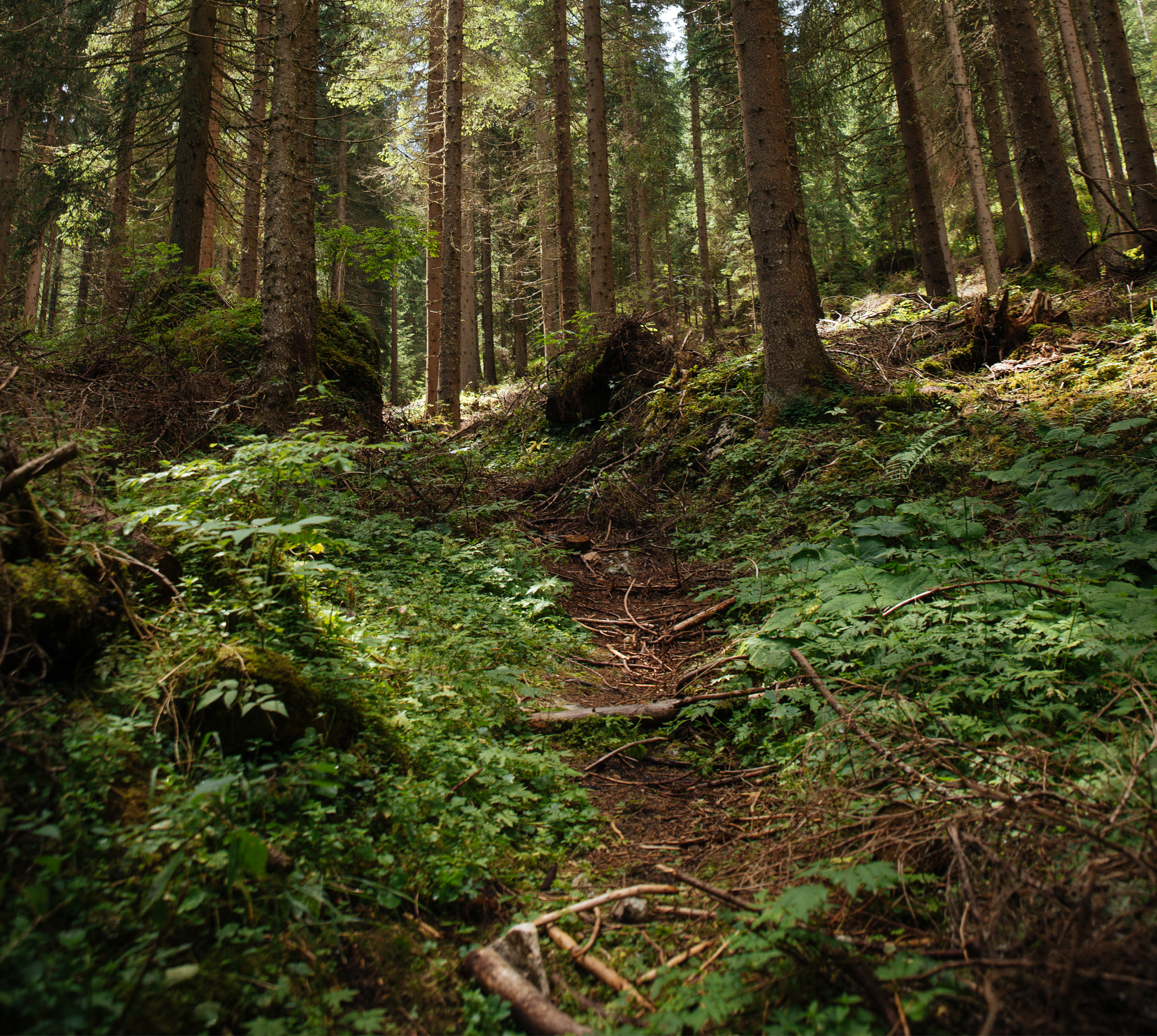
Wpływ wielkoskalowego pożaru na skład pokarmu uszatki Asio otus
Effects of an extensive wildfire on the food composition of the long-eared owl Asio otus
Autorzy
-
Jakub Gryz
Instytut Badawczy Leśnictwa, Zakład Ekologii Lasu, Sękocin Stary, ul. Braci Leśnej 3; 05−090 Raszyn
*Tel. +48 22 7150419, e-mail: j.gryz@ibles.waw.pl -
Dagny Krauze-Gryz
Szkoła Główna Gospodarstwa Wiejskiego w Warszawie, Samodzielny Zakład Zoologii Leśnej i Łowiectwa
ul. Nowoursynowska 159, 02−776 Warszawa
Abstrakt
In April 2020, a large-scale fire occurred in the Biebrza National Park (north-eastern Poland). Over 5,500 ha of meadows and forests were burned. In this study, we show how wildfire affected the diet of the long-eared owl Asio otus. We collected owl pellets in the Wroceń Forest in the central part of the burned area in the fall of 2020, several months after the fire, and then two years after the fire in 2022–2023. We also collected pellets of this owl species outside the burned area in the fall of 2020. Analysis of the pellets revealed that the diet of owls in the post-fire areas was much more diverse than that of owls in the unburned areas or in the same area but two years after the fire. The food niche of the owls in the burned areas was broader; in particular, they fed less frequently on their main prey (the root vole Microtus oeconomus) and more frequently on other rodents, soricomorphs, birds, reptiles, amphibians, and insects. Our results showed that this owl species switched to a variety of other prey when M. oeconomus rapidly disappeared due to an extensive fire. The burned area could serve as a suitable hunting site because of the reduced plant cover. Thus, small animals that survived or recolonized burned areas could be easy prey for long-eared owls.
Słowa kluczowe
| DOI | 10.48538/lpb-2024-0009 |
|---|---|
| Source | Leśne Prace Badawcze, 2024, Vol. 84: 92–96 |
| Print ISSN | |
| Online ISSN |
2082-8926 |
| Type of article |
Original article |
| Original title |
Wpływ wielkoskalowego pożaru na skład pokarmu uszatki Asio otus |
| Publisher | © 2024 Author(s). This is an open access article licensed under the Creative Commons Attribution-NonCommercial-NoDerivs License (http://creativecommons.org/licenses/by-nc-nd/3.0/) |
| Date | November, 2024 |
- Gryz J., Krauze-Gryz D. Drobne ssaki Puszczy Pilickiej na podstawie analizy wypluwek puszczyka Strix aluco
- Hilszczański J. Chrząszcze saproksyliczne rezerwatu Stawy Raszyńskie, czyli o „reliktach lasu pierwotnego” w lesie miejskim
- Mandziuk A., Fornal-Pieniak B. Społeczne preferencje w zakresie wypoczynku w zależności od wyglądu lasu na przykładzie lasów miejskich Tarnowa
- Kowalczyk J., Bociek I. Zmienność obradzania szczepów na plantacji nasiennej modrzewia europejskiego (Larix decidua Mill.) w Sękocinie Starym
- Paradysz J., Kiec-Paradysz A. Skład pokarmu orlika krzykliwego Clanga pomarina na terenie Magurskiego Parku Narodowego
- Kubich J., Jasińska K., Gryz J., Krauze-Gryz D. Kuna domowa (Martes foina) na kampusie Szkoły Głównej Gospodarstwa Wiejskiego (SGGW) w Warszawie: sezonowe i dobowe wykorzystanie schronień antropogenicznych oraz skład pokarmu
- Gryz J., Krauze-Gryz D. Wpływ wielkoskalowego pożaru na skład pokarmu uszatki Asio otus
- Smoliga A. Zmiany leśnych zbiorowisk roślinnych w obszarze źródliskowym Tetyńskiej Strugi na Pojezierzu Myśliborskim w ostatnich dekadach (1976–2023)
- Ostasz E. Zbrodnia Pomorska 1939 roku w leśnych krajobrazach – problemy ochrony pamięci historycznej i zagospodarowania lasu
- Sołtykiewicz M., Gołos P., Wysocka-Fijorek E. Ekonomiczne konsekwencje zaburzeń w lasach – przegląd literatury
- Haidt A., Plewa R. Detekcja zapachu owadów z wykorzystaniem psów w leśnictwie – innowacyjna metoda monitoringu przyrodniczego
- Drobik P., Łukowski A., Baranowska M., Lewandowski P., Kowalkowski W. Restytucja jodły pospolitej w Sudetach – efekty środowiskowe, społeczne i ekonomiczne
- Wójcicki A. Sprawozdanie z seminarium naukowego pt. Inwentaryzacja wybranych elementów przyrodniczych w RDLP w Krośnie – podsumowanie
- Zawiła-Niedźwiecka A., Zawiła-Niedźwiecki J. Wspomnienie o śp. Profesorze Tomaszu Zawiła-Niedźwieckim (1954–2024)
- Skrzecz I. Twórczość naukowa prof. dr hab. Barbary Głowackiej – gdy pasja łączy się z pracą
- Czerepko J., Paluch R. Wspomnienie o prof. dr. hab. Aleksandrze Władysławie Sokołowskim (1932-2024)
- Gil W., Jastrzębowski S. Stanisław Tyszkiewicz (1904–1982). Wspomnienie w 120. rocznicę urodzin

